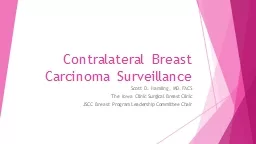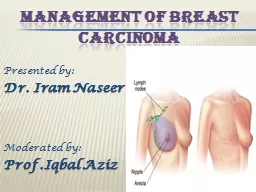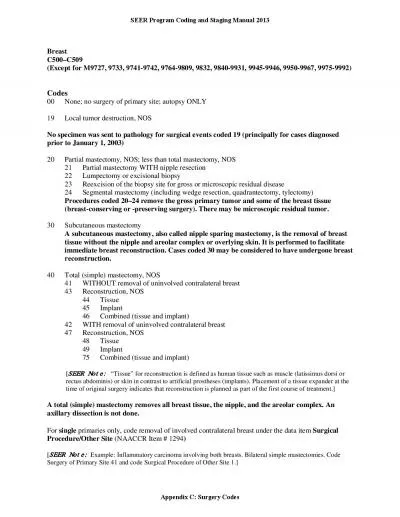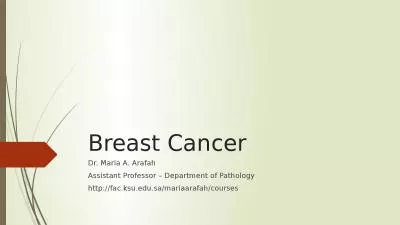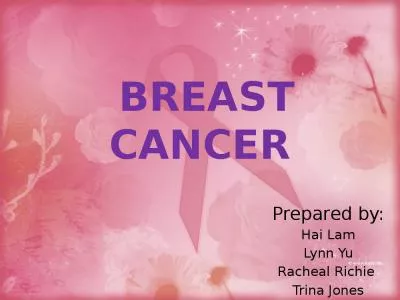PPT-Contralateral Breast Carcinoma Surveillance
Author : garcia | Published Date : 2022-05-17
Scott D Hamling MD FACS The Iowa Clinic Surgical Breast Clinic JSCC Breast Program Leadership Committee Chair Contralateral Breast Cancer Overview Review contralateral
Presentation Embed Code
Download Presentation
Download Presentation The PPT/PDF document "Contralateral Breast Carcinoma Surveilla..." is the property of its rightful owner. Permission is granted to download and print the materials on this website for personal, non-commercial use only, and to display it on your personal computer provided you do not modify the materials and that you retain all copyright notices contained in the materials. By downloading content from our website, you accept the terms of this agreement.
Contralateral Breast Carcinoma Surveillance: Transcript
Download Rules Of Document
"Contralateral Breast Carcinoma Surveillance"The content belongs to its owner. You may download and print it for personal use, without modification, and keep all copyright notices. By downloading, you agree to these terms.
Related Documents

